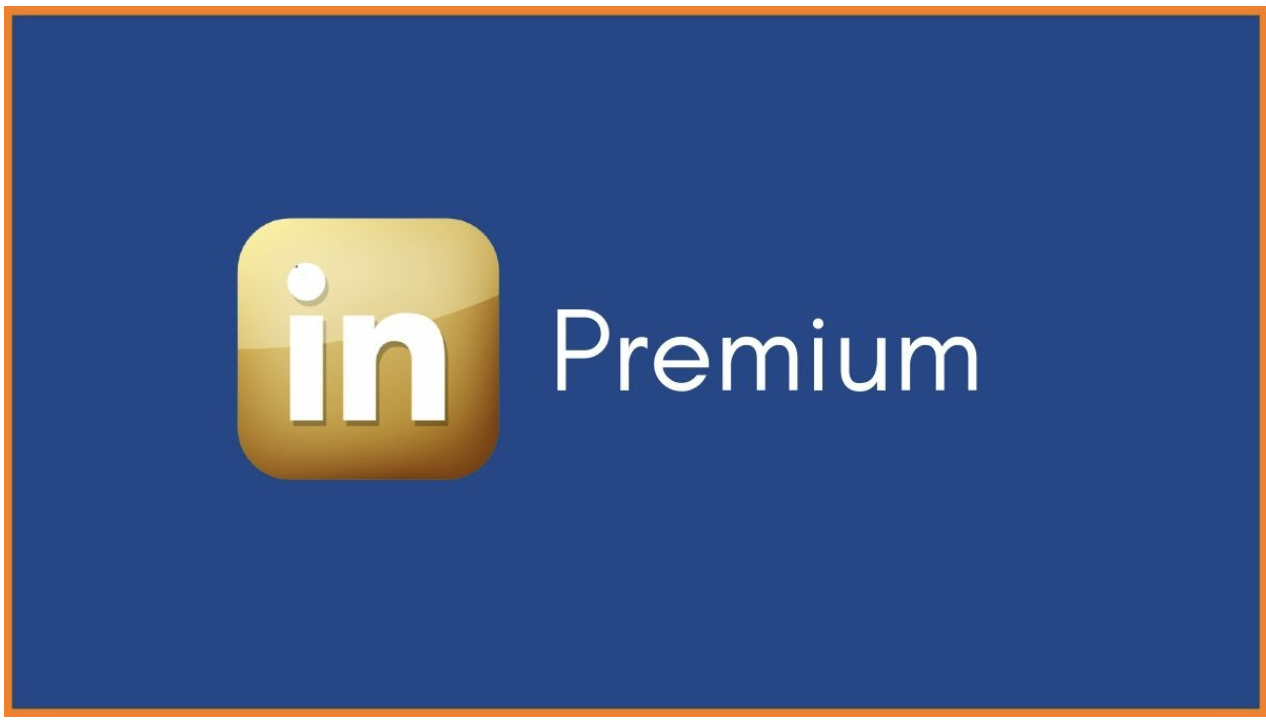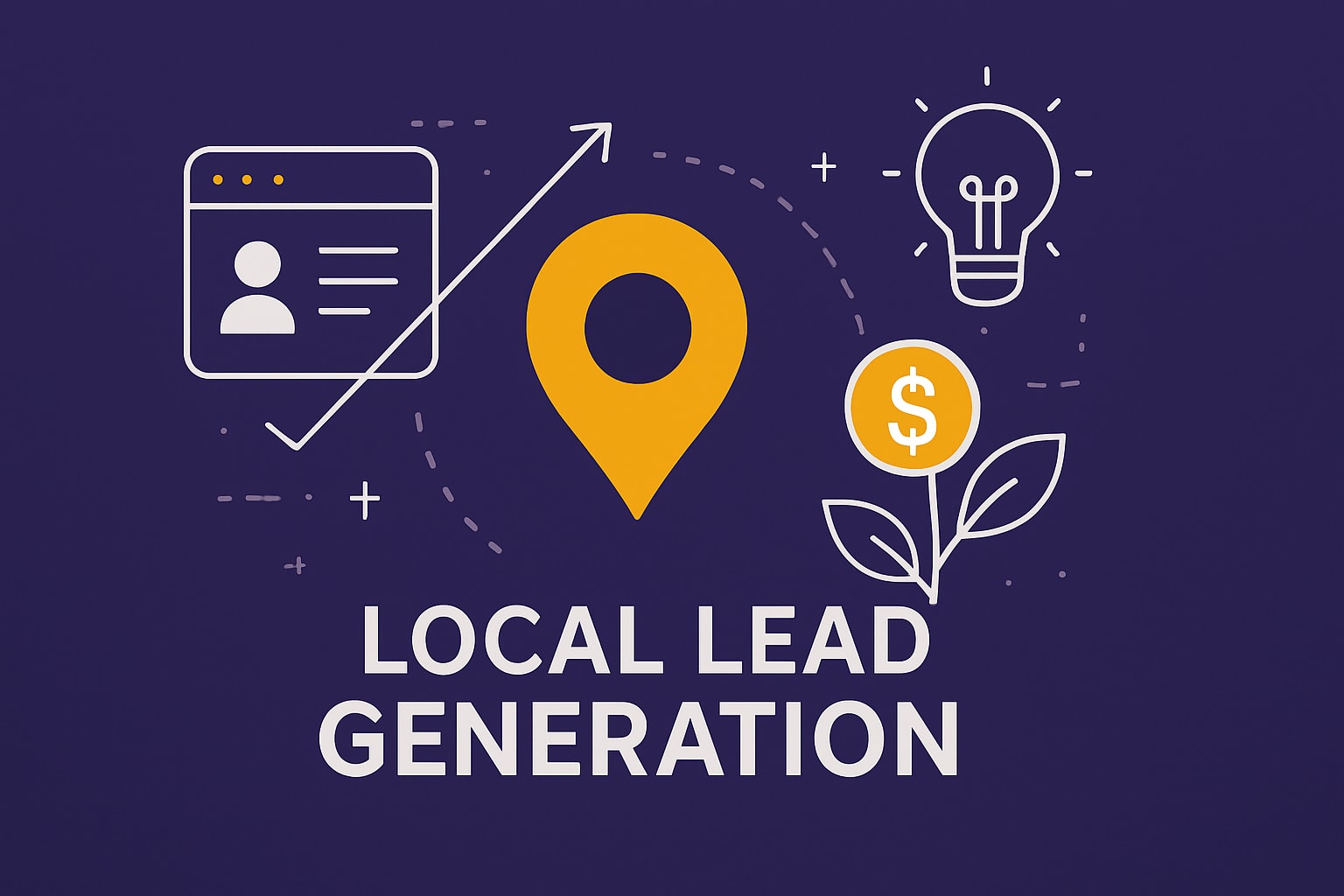Sometimes data just isn't enough for marketing success. You've studied all the research, you've followed the best marketing wisdom and you've built the perfect marketing funnel, but it's just not converting. The data might show you where your funnel is leaking leads, but that doesn't necessarily help you to know how to plug your leaks.
That's when behavioral science comes into play. You need to dig deeper into the human psyche to work out why your perfect funnel isn't working, because your leads are human, and humans aren't rational beings. Sometimes we make decisions that don't seem to make sense, because we're responding to emotional and behavioral triggers deep in our consciousness.
Marketing and behavioral science should go hand in hand. Behavioral science is essentially about why people behave the way they do. It combines insights and research from psychology, economics, neuroscience, sociology, and other fields to delve into the complex question of what makes people take certain decisions. When you come down to it, marketing is all about convincing people to choose your solution, and it's difficult to do that without understanding how your potential customers come to a decision. You could say that marketing is applied behavioral science.
Behavioral science includes many different theories and methodologies, and any one of them can improve your B2B marketing. One of the most powerful is loss-aversion theory.
What is loss aversion theory?
The principle of loss aversion is that the pain someone feels over losing something they already own is twice as powerful as the pleasure they feel over gaining something extra. To put it another way, saving $200 feels more important than gaining $200, and people are twice as likely to take risks or act quickly to save $200 than to receive $200.
To put that into a marketing context, your leads are twice as likely to buy a solution that saves their company $200 a month, than one that enables them to earn an extra $200 a month.
Sounds complicated? That's what humans are. But unless you're planning on selling to cats and dogs, you want to master the impact of loss aversion theories. Here are 6 ways to incorporate loss-aversion theory into your marketing.
Offer free trials
Your leads feel they have nothing to lose by taking your solution for a spin free of charge, to see if they like it. They might not realize that after 14 or 30 days of use, they're going to feel the pain of loss when the free trial period ends.
Loss aversion theory teaches that by the end of the free trial period, users think of the solution as something they already own, and they're willing to pay to prevent the loss when free access ends.
Frame offers as gains
When you communicate the benefits of your solution, try framing them as ways that the prospect will save money, time, or energy, rather than extras that the prospect will gain.
For example, tell leads that your sales analytics solution will help them save money lost on missed sales opportunities, rather than telling them about more money they could make from increased sales. Prospects are a lot more likely to act when they feel like they're losing without your product.
Apply tiered pricing
Let's be honest, a new customer is taking a risk by adopting your solution. They're nervous about losing money on a product that doesn't meet all their expectations. Understandably enough, people get more risk-averse when the potential loss is greater, so the higher the cost of your solution, the higher the risk to the customer.
That's where tiered pricing comes in. Instead of selling your lead the Enterprise level plan for $2,000/month, suggest they try the Starter plan for $200/month. This way the risk of trying out your solution is pretty low, and once they're familiar with your company, paying $2,000/month won't feel risky.
Use discounts wisely
Discounts are an awesome marketing tool when you use them well. For example, instead of selling your platform for $299, sell it for $349 but offer leads a $50 off coupon. The feeling that they are saving money by buying your solution will counteract the loss aversion of paying for a new product.
Sending customers a credit voucher for $50 to spend on your products also plays on loss aversion, because if they don't spend it, they'll feel as though they've lost $50.
Create a sense of urgency
Often your customers are interested in your product, but things are ok, so they feel they'll wait a bit before they investigate more or make a purchase. Advertising "Limited time offer" or "Cyber Monday one-day sale" pushes customers to act now or miss out, whether that's missing out on a discount or missing out on exclusive products.
Bear in mind that this only works if the urgency is real. We all know that store that's in a permanent closing down sale. Nobody believes that they'll miss out if they wait another day. Your flash sales need to be genuine and infrequent, otherwise customers will just wait for the next discount to come along.
Paint a picture of the new reality
You can initiate a feeling of loss in potential customers just by making them feel the benefits of your solution. For example, describe all the advantages that they'd enjoy by using your cybersecurity platform, how their security teams will have more time for serious threat intelligence, their business won't lose revenue to fraudsters, they will sleep better at night without worrying that someone's hacked the ecosystem, etc.
Once they can taste the experience of owning your solution, they'll feel as though it's already in their hands. Then you can set a hard deadline for a purchase decision, because they'll feel as though they are losing something they already own.
Behavioral science can rocket-power your marketing
When your marketing is informed by behavioral science, you can adjust your campaigns to be far more effective. By using loss aversion techniques like creating a sense of urgency, offering free trials, tiered pricing, and discounts, creating a new reality, and focusing on the loss, you can encourage leads to convert faster and in greater numbers, thereby driving revenue and increasing profits.
Want to find more leads by applying behavioral science to your lead gen campaigns? Get in touch!









